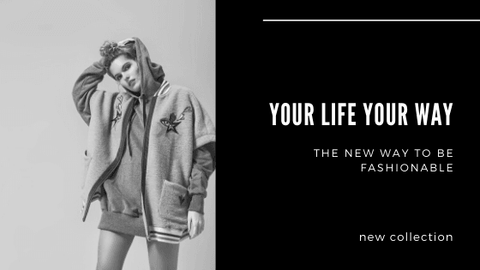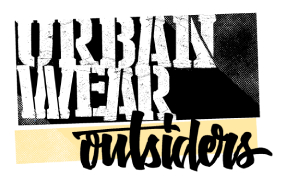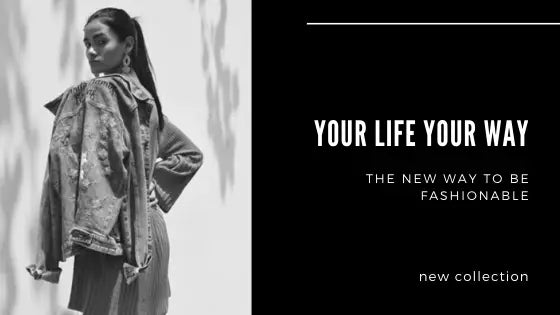THE URBAN FASHION ARRIVED TO STAY
Urban fashion is a street-born style, it is a ruffian look that emerges from neighborhoods and suburbs rather than fashion dictated by designers.
Some media and clothing associations often merge hip hop and urban fashion, partly because they share this same principle.
“Urban fashion created a strong impact in the 1980s and in the early 90s.”

Fashion is usually created and dictated by designers, so these styles are filtered down through the marketing and distribution channels, then, through a drip of fashions this effect is maintained and the clothes of this or that design, is sold on several levels. Urban fashion, on the other hand, originates from the street, means that it has been used first by people and then copied by designers who interpret it and return to people through the points of commercialization and distribution.
“The appeal of urban fashion, including the hip hop style, is that it moves in the opposite direction of traditional fashion and often becomes a source of pride for the community or segment of the population that developed its style.”
Urban fashion reflects the rhythm of the game and the sensation of the palpable historical moment in the streets of a large city, in everyday urban life. The goal is to create a mixture of fashion and style that expresses the mood of everyday life, so that, in search of inspiration, the clothes of local musicians, regional sports stars and street children are seen in the neighborhoods of City fashion, once it is integrated into the industry, the process of evolution in much faster and more dynamic as it has been seen over the years. Also by integrating public personalities, actors, actresses, singers, etc., it becomes even more popular and also leads to the generation of new styles based on urban fashion, as has also been the case in recent years.


